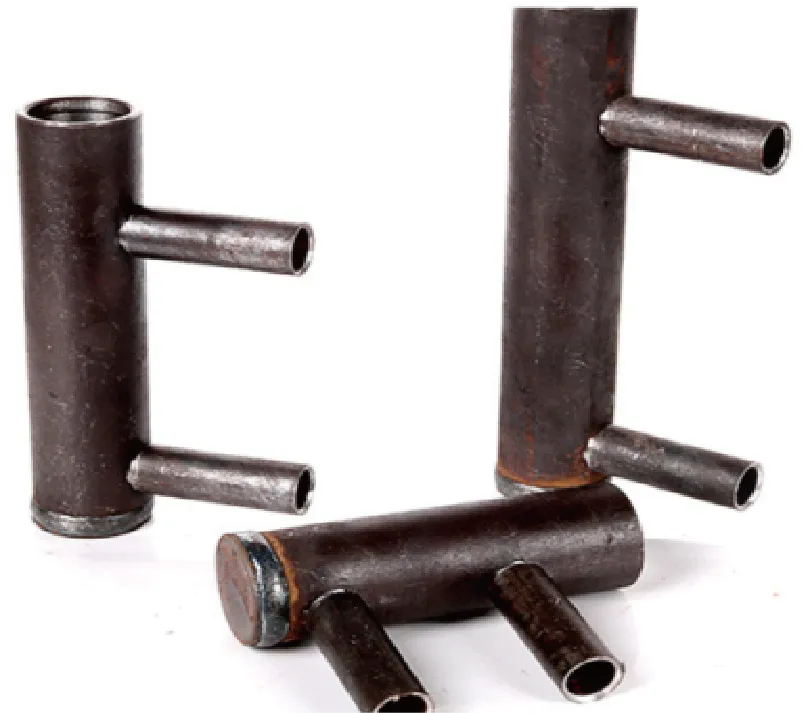Products Description
Introduction
The thin-walled grouting sleeve is a lightweight metal sleeve used for reinforcing bar connection. It achieves indirect connection of reinforcing bars by filling high-strength cement-based grouting material. The core design of this sleeve is as follows:
1. Structural features:
◦ It uses high-frequency straight seam thin-walled welded pipes (with a wall thickness of 2-4mm), processed through cold extrusion or hot forming techniques. The inner wall is equipped with parallel ridges or shear slots, significantly enhancing the mechanical interlocking ability with the grouting material.
◦ Both ends have grouting holes and drainage holes. Some models adopt a split design (such as the necked section with cold processing for enhanced strength), which can be adapted to the diametric connection of different diameter reinforcing bars.
Hubei Provincial Department of Housing and Urban-Rural Development.
2. Working principle:
◦ After the reinforcing bar is inserted into the sleeve, pressure grouting fills the gap between the reinforcing bar and the sleeve, and after hardening, a "reinforcing bar - grouting material - sleeve" collaborative force-bearing system is formed, achieving equal strength connection.
3. Materials and processes:
◦ The material is Q355B or 45# steel, treated with phosphating or galvanizing (salt spray test ≥ 720 hours), with tensile strength ≥ 500MPa and yield strength ≥ 355MPa, in accordance with JG/T 398-2019 "Grouting Sleeve for Reinforcing Bar Connection" standard.
◦ New processes such as the parallel ridged structure (non-continuous spiral waves) can increase the gripping force by more than 30%, while reducing steel usage by 40%, significantly reducing costs.
Purpose
1. Prefabricated buildings:
◦ Vertical and horizontal reinforcement connections for precast concrete wall panels, columns, and composite beams, particularly suitable for pre-embedded reinforcement cages and operations in narrow spaces. For example, a super high-rise project used thin-walled sleeve connections for φ25mm steel bars, resulting in a 50% increase in construction efficiency and the seismic performance of the joints was verified by the displacement ductility ratio of 4.5.
2. Bridges and rail transit:
◦ Prefabricated bridge pier segment connections, reinforced concrete pipe segment reinforcement anchoring. The application case of the high bridge of the Jing-Xiong Intercity Railway shows that the precast pier columns connected by semi-grouted sleeves have an tensile strength 1.2 times that of the steel bar parent material, meeting the grade I joint standard.
3. Special environment engineering:
◦ Applicable to environments ranging from -25℃ to +60℃, and without the need for open flame operations, it can replace welding in scenarios with high requirements for fire prevention and explosion protection such as nuclear power plants and chemical workshops.
Hubei Provincial Department of Housing and Urban-Rural Development.
4. Reinforcement of existing buildings:
◦ Used for strengthening beam-column joints, it can achieve low-damage renovation by drilling holes to implant sleeves and grouting. In a historical building reinforcement project, the thin-walled sleeve was combined with carbon fiber cloth, and the bearing capacity increased by 1.8 times.



